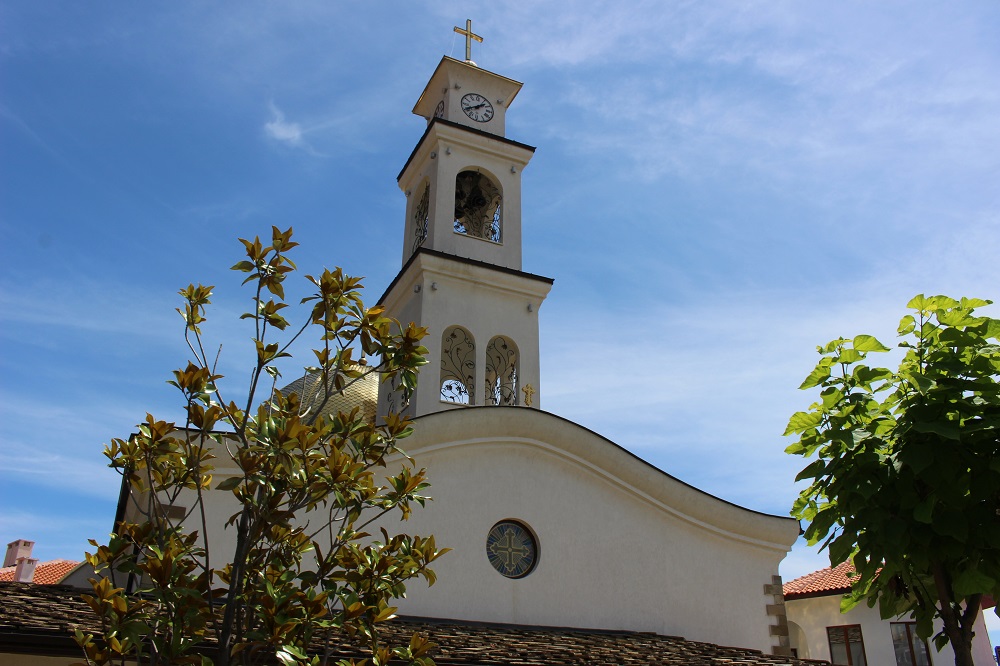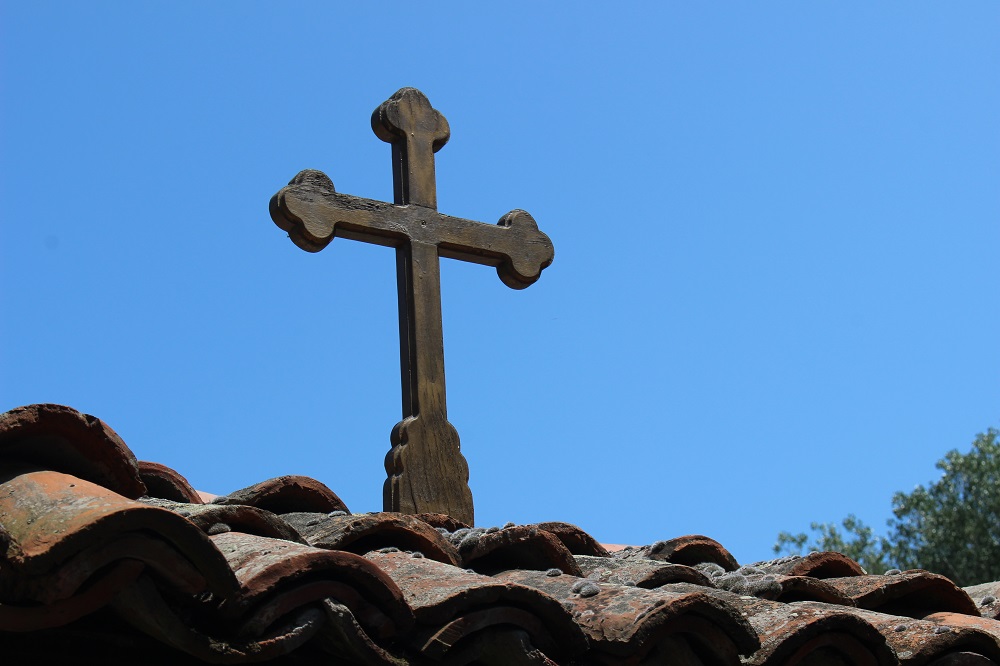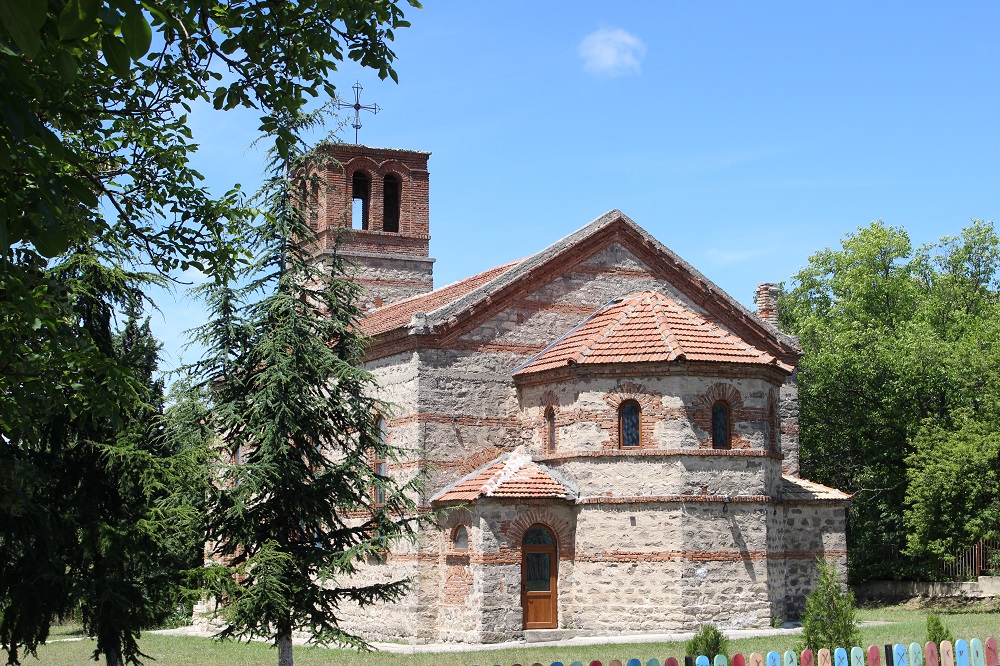Creating a Model for Safeguarding, Socialization and Promoting of Christian Orthodox Monuments in Bulgaria
Cultural Heritage is an inseparable part of society, where it emerges, where it is preserved or lost. Its studying as a unity of religious, cultural, artistic, intellectual, tangible and intangible artefacts gathered throughout the different historical periods and turned into an organic part of the valuables of the region, the nation and the state has been a scientific issue demanding a solution to different scientific tasks.
Bulgaria and its unique nature has been an object of constant interest by local and foreign tourists. Natural phenomena like the Rila Lakes, the Lakes of Smolyan, The Wonder Bridges in the Rhodopes, The Belogradchik Rocks, our unique Black Sea coast, the caves, the village-reserves, the mountain resorts, the spa cennters and other tourist sites have attracted tourists all the year round.
In the context of tourist interests, the essential role should be noted that cultural heritage monuments have played throughout the centuries.Many of them are related to the Chistianization of the Bulgarian population and have become part of the cultural heritage not only in certain regions but also in the country. The most popular Christian culture monuments with national significance have been the big monasteries – Bachkovo Monastery, Rila Monastery and troyan Monastery, etc. - an object of interest by pilgrims, researchers and tourists. Researchers, architects and tourists have always displayed their interest in the more popular Orthodox religious monuments, thus leaving the smaller and less popular churches and chapels outside the scope of attention. There are a number of churches built in the 19th century and even earlier as well as many new temples and chapels, erected in modern times.
The topicality of the project is also determined by the insufficient knowledge of local traditions and good practices for preservation, construction and popularization of Christian monuments in Bulgaria as part of the national cultural heritage. Active actions in this direction – private initiatives, support for local authorities and state institutions, etc. need research, analysis and publicity in order to become a model for pursuing such policies and to protect our cultural heritage. The good knowledge and application of the model established for the project for the preservation of cultural monuments in Bulgaria, in particular the monuments of Orthodox Christianity, is in line with the EU’s policies for preserving the cultural heritage as a factor for preserving the national identity not only of the country, but also within the EU.

AIMS OF THE PROJECT
In view of the review of the current situation, our team considers that the project’s objectives are significant and require the realization of fundamental research and the development of the results in the direction of what can be applied, which is essential for the cultural sphere as a whole. The planned scientific product – a model for the optimization of activities and initiatives related to the preservation and promotion of Orthodox Christian monuments, has never been developed so far, which makes it absolutely necessary. The methodology used is justified and realistic, and the expected effects and results foresee not only the generation of new knowledge but also real practical application. The topicality of the subject is also driven by the growing role of horizontal structures in society. It is also due to the specificity of the Bulgarian cultural heritage, which is not concentrated only in the big cities like Sofia, Plovdiv, Varna, Bourgas, and has its valuable (including world objects) and small villages and towns, some of which are far away from the main cultural centres and do not have a good road infrastructure. All this calls for a new approach and the creation of a new model that can be applied to the work of local and state authorities as well as to the cultural institutions themselves.

VISION
The interdisciplinary approach has an important place in the realization of the project’s concept. The interdisciplinary nature of the project is determined by the interaction with scientific fields of humanities – art studies, architecture, Christian architecture, iconography and history. Research on the project will be discussed through the organization of workshops and visits with specialists from local cultural and educational organizations such as museums, libraries, community cultural centers. On the basis of knowledge of the details of the local structures, a comparison of the problem areas will be made, good practices will be highlighted in order to summarize and justify an accurate model for the safeguarding, socialization and promotion of Christian Orthodox monuments in Bulgaria, which will help to better preserve and promote the cultural and historical heritage. The project will be realized in direct interaction with the main institutions that concern the preservation of Orthodox Christian monuments locally – churches, municipalities, as well as other institutions interested in this issue – the media, the educational institutions in the respective territories designated as objects of the study. Local experts will be attracted as volunteers as well as students from these places – especially at the stage of fieldwork.
In field studies, team members will seek assistance and co-operation with museum workers, regional librarians and archives, as well as educators from local community centres and representatives of the Bulgarian Orthodox Church. Each of these groups will not only have access to the end product, but will itself be transferring knowledge for wider dissemination in the environment where they live and work continuously. This will provide feedback on refiective information for each region that can serve as a corrective in the future as a dynamically changing cultural environment.
Scientific products will be created - publications in impact factor scientific journals, a proceedings of publications on the project will be issued. It will be necessary to make sure that ongoing project work is reflected in the digital environment – on a site and/or sites with a corresponding profile. Periodic team meetings will be held in the course of the work to exchange experience and share the difficulties encountered so that a more sophisticated methodology can be developed and the flaws removed in time.
The dissemination of results will be tailored to users of the project’s final product. Knowledge transfer and modeling will be addressed to a wider range of scientists, specialists, public figures, journalists and all stakeholders.





